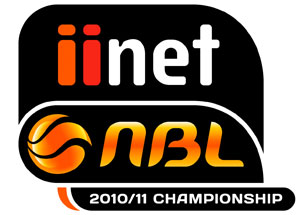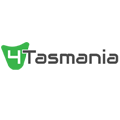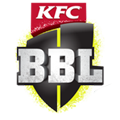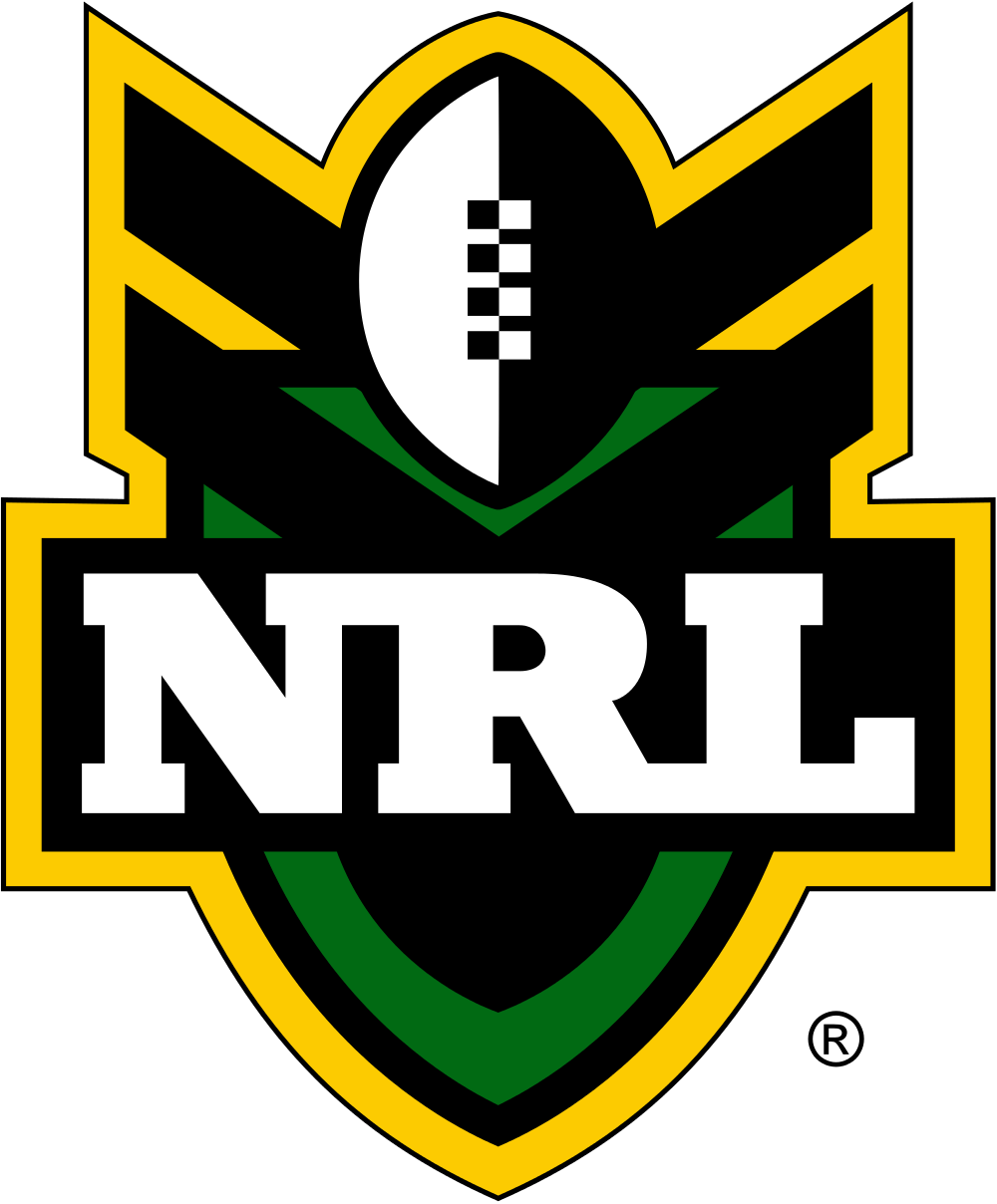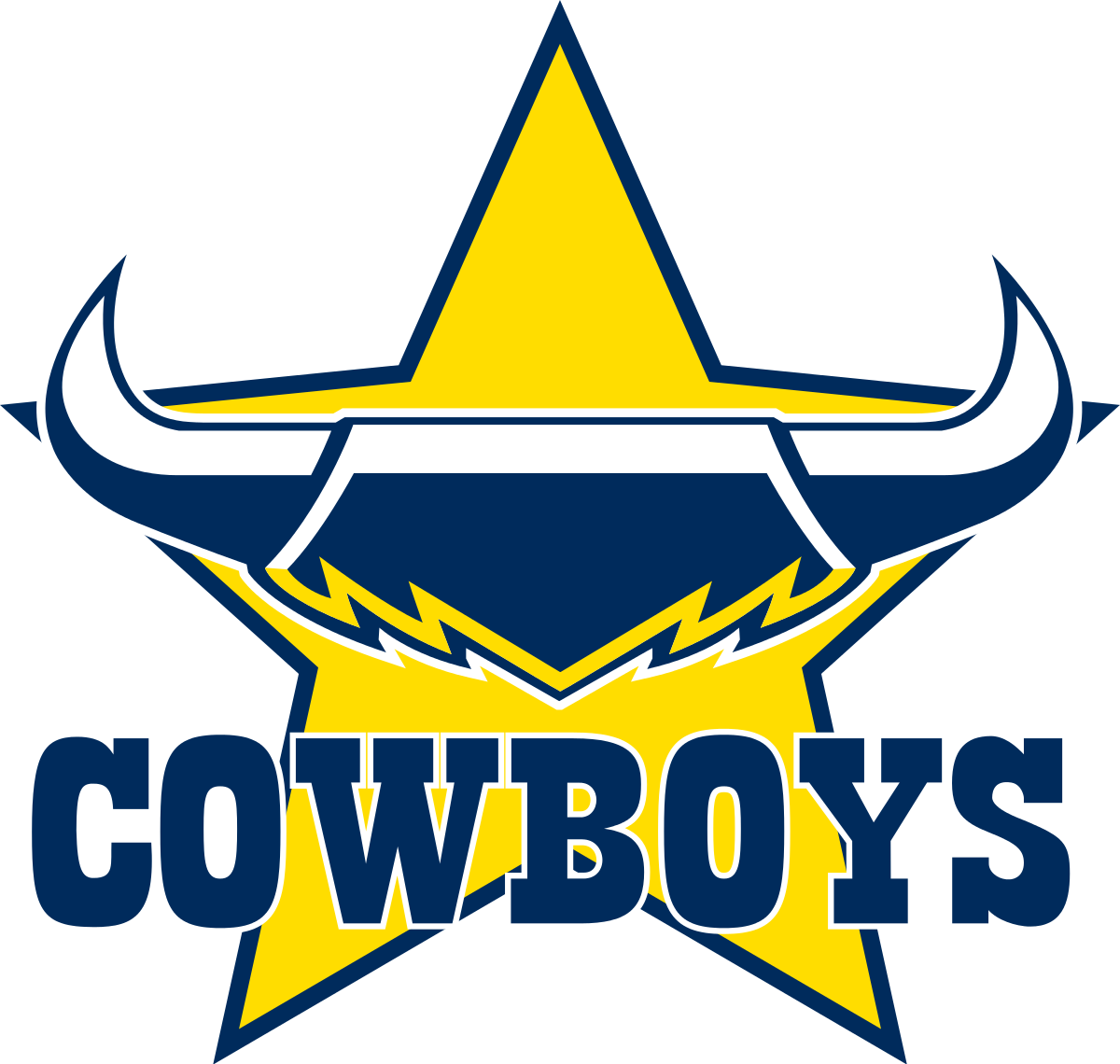
Solana runs on a hybrid protocol of proof-of-stake (PoS) and a concept Solana calls proof-of-history (PoH). Proof-of-stake is an algorithm that lets a blockchain maintain accurate information across all of its participants. Solana’s total market cap was US$55 billion in January 2022, however by the end of 2022 this had fallen to around US$3 billion following https://business-oppurtunities.com/give-an-entrepreneur-a-break/ the bankruptcy of FTX. Following the general rise of the cryptocurrency market in 2023, its market cap rose to $7 billion. In contrast, Solana – like most popular cryptocurrencies – is not backed by any fundamental assets. A stock is a fractional ownership interest in a business and its success over time relies on the growth of the underlying company.
- Solana released the first stablecoin in connection with the event — Solana USDC.
- DeFis include exchanges, Decentralized Cryptocurrency Exchanges (DEXs), digital wallets, and automated financial contract systems.
- The protocol itself, as well as the native SOL asset, was presented to the public in 2020.
- SOL token operation scheme is similar to that used in the Ethereum blockchain.
Nodes send votes to the leader and the leader is then responsible for tallying the votes themselves and signing off on the block. This system lowers latency and increases throughput because slot leaders can stream transactions to the rest of the validators in real-time rather than waiting to fill an entire block and send it at once. Solana’s blockchain is broken into slots or periods of time where a validator ingests transactions and produces a block. In this system, leaders are chosen ahead of each slot in order to save time. The idea is to measure the level of commitment network participants have and reward them for their dedication. The larger the stake relative to circulating supply, the more decentralized and secure the network becomes.
Unlike most crypto projects, there is no minimum stake required to be a validator on the network. When SOL launched, it had an initial total supply of 500 million tokens but there is no capped max supply. The initial inflation rate for Solana is 8%, which will reduce by 15% each year until 2031, when it will reach its stable long-term inflation rate of 1.5%. Currently, half of each transaction fee is burned, which means that a greater transaction volume would slow the growth of the circulating supply.
SimpleSwap reminds you that this article is provided for informational purposes only and does not provide investment advice. All purchases and cryptocurrency investments are your own responsibility. The token was first launched on the Solana beta mainnet in March 2020 and is currently one of the top 20 largest cryptocurrencies by market capitalization. The SOL token can also be staked to help support the security of the network, allowing users to earn a proportion of the inflation as a reward. Though the feature isn’t currently available, SOL tokens will also be used for on-chain governance eventually. As is evidenced by the bottlenecks currently faced by the Ethereum network.
What Is Solana (SOL) and How Does SOL Crypto Work?
The nature of Solana’s staking system has also led to centralization concerns. If a node were to split their stake between two validators to have two votes, they would get the same rewards and have to pay double the voting fee. Some opponents of Solana argue that a number of its aspects result in a centralized system. Roughly half of the token supply is owned by venture capitalist firms and other insiders.
The Solana project pioneered a bundle of novel approaches, including the Proof-of-History mechanism, which differentiates it from other Layer 1 blockchains. Although Solana has quickly grown in popularity with its low-cost transactions as crypto users seek faster and cheaper platforms outside of ethereum, it has received criticism for a number of reasons. As DeFi and non-fungible token (NFT) ecosystems have boomed in the last two years, Ethereum’s network has become overwhelmed and extremely expensive to use. Solana’s chain offers what Ethereum’s base layer currently cannot – fast transactions at little to no cost.
How SOL works
Both the Solana protocol and SOL tokens were released to the general public in 2020. The Switzerland-based Solana Foundation, which supports the Solana ecosystem today, also was founded in 2020. Solana can handle high network traffic volumes, unlike many first and second-generation blockchain networks. Solana can also be used for enterprise-level applications while delivering a satisfying user experience. In blockchain terminology, censorship refers to the blockage of network activity by preventing specific nodes from joining the network and validating transactions.
The 3 Types of Cryptos That Could Outperform Bitcoin This Year – Nasdaq
The 3 Types of Cryptos That Could Outperform Bitcoin This Year.
Posted: Wed, 17 May 2023 10:30:00 GMT [source]
Solana is much faster in terms of the number of transactions it can process and has significantly lower transaction fees than rival blockchains like Ethereum. SOL holders can stake their tokens as part of the blockchain’s PoS consensus mechanism. With a compatible crypto wallet, you can stake your tokens with validators who process the network’s transactions. A successful validator can then share rewards with those who have staked their tokens. This reward mechanism incentivizes validators and delegators to act in the network’s interest. The Solana network is secured through the Proof of Stake consensus mechanism.
Bitcoin, on the other hand, Routledge says, “processes transactions very slowly” to remain decentralized. First and foremost, although the Solana blockchain can compete with high-end blockchain projects, it is still vulnerable to centralization, as there are not many blockchain validators. Anyone on the network can become a Solana validator but doing so is still difficult because it requires a lot of computing resources. However, everyone in the crypto community is looking forward to the Ethereum upgrade to PoS. A new kind of Ethereum, which is being diligently developed, will consist of an execution layer (previously known as Ethereum 1.0) and a consensus layer (previously Ethereum 2.0).
Solana allows users to stake SOL coins in a similar manner to the blockchains like Ethereum, to help process transactions faster and more efficiently. These are done with validator nodes that run several internal processes to securely process transactions. SOL token operation scheme is similar to that used in the Ethereum blockchain. Even though they function similarly, Solana token holders stake the token in order to validate transactions through the PoS consensus mechanism. Furthermore, the Solana token is used to receive rewards and pay transaction fees while also SOL enabling users to participate in governance.
Yield is proportional to the number of tokens staked measured against the total token supply. Solana launched with an inflation rate of around 8%, which is expected to decline by 15% each year, a downward trend that will decrease until the rate reaches 1.5% annually, where it will remain. Issuances are anticipated to be sent to validators, with 95% of issued tokens toward validator rewards and 5% reserved for operating expenses. Although it has had some issues with outages, the speed it offers and the number of projects on the horizon make it an exciting blockchain platform. Validators are chosen based on the amount of crypto tokens that they’ve staked (pledged to the blockchain). Validators receive rewards when they confirm new blocks of transactions and add them to the blockchain.
One of these, which is gaining traction in the DeFi community, is Solana. This open-source, censorship-resistant blockchain leverages a comprehensive set of technologies to amplify scalability and deliver a robust network for building decentralized applications (dApps). Beyond this, Solana includes a number of other innovations that help it stand out from the competition. Among these is its transaction parallelization technology, known as Sealevel. This allows for a parallel smart contracts runtime that optimizes resources and ensures that Solana can scale horizontally across GPUs and SSDs, which should help the platform scale to meet demands. The most crucial element which defines the perfect answers for “what is Solana used for?
Best Crypto Exchanges and Apps
Because the time stamp is built in, validator nodes don’t all need to communicate with each other to confirm transaction times. Solana’s SOL tokens are then staked and used as collateral to process transactions on the network. These transactions include everything from validating smart contracts to using Solana as a non-fungible token (NFT) marketplace.
The result of PoH and Solana’s other key innovations is a network that is highly scalable – in fact, Solana boasts a maximum throughput of 50,000 transactions per second. The blockchain remains low-cost and fast as it scales, with an average transaction fee of $0.00025, a block time that’s usually under one second, and a sub-second finality. Another compelling factor for Solana’s growth can be easily credited to the transaction fees which are much less compared to any other competitors in the market right now. Solana is a cryptocurrency that made its introduction in the market quite recently. It’s an open source project that uses the framework of blockchain technology to create DeFi solutions.
It requires setting up a blockchain wallet and choosing a validator, but it’s a good way to get more SOL tokens. The speed at which blocks are added to Solana’s blockchain requires additional levels of security for the blockchain. This algorithm timestamps each block in such a way that maintains the system’s security. This algorithm uses timestamps to define the next block in Solana’s chain. The core component of the Solana protocol is proof-of-history, a sequence of computations that provides a digital record that confirms that an event has occurred on the network at any point in time.
Proof-of-History aims to speed up the process of ordering transactions in the blockchain, which is an integral part of the system’s security. Time is something we all take for granted, but most blockchains don’t make any reference to time when they record transactions. Agreement on time is one of the most difficult problems to solve in distributed systems, especially adversarial systems like blockchain, where network nodes can’t trust an external source of time. When one project realized that no one was effectively keeping time in crypto, it decided to introduce a clock to the blockchain, which had the effect of making it much more efficient. Interested in Solana (SOL), but not sure what it’s all about or where to even begin? Don’t worry – this handy guide is designed to teach you everything you need to know about the project and get you ready to jump into the most user-friendly trading experience available on the market.
Solana is a blockchain with striking similarities to Ethereum—in fact, it’s often referred to as an “Ethereum killer.” Like Ethereum, the SOL token can be purchased on most major exchanges. The token’s real value is in conducting transactions on the Solana network, which has unique advantages. Compared to this enormous number, the current low scalable Ethereum proof-of-work model can only handle 15 TPS. Another Solana advantage is the network’s extreme cost-effectiveness, as the project implements new tokenomics for lower fees. This series article is intended for general guidance and information purposes only for beginners participating in cryptocurrencies and DeFi. The contents of this article are not to be construed as legal, business, investment, or tax advice.

It’s among the top 10 largest cryptocurrencies by total value, according to CoinMarketCap.com. The investment information provided in this table is for informational and general educational purposes only and should not be construed as investment or financial advice. Bankrate does not offer advisory or brokerage services, nor does it provide individualized recommendations or personalized investment advice. Investment decisions should be based on an evaluation of your own personal financial situation, needs, risk tolerance and investment objectives. The Solana network has well over 1,000 validators, but more than one-third of the cumulative stake is held by fewer than 25 validators.
The process involves assigning a stream of input data to different hardware components. As a result, the mechanism can support faster validation and replication of transaction information throughout different nodes in the network. The next fundamental highlight in the Solana network refers to Turbine, the block propagation protocol on the network. Turbine protocol supports easier data transmission to the blockchain nodes. The Turbine protocol achieves efficient data transmission by breaking data into smaller packets. As a result, Solana blockchain could easily address the concerns pertaining to bandwidth alongside increasing the overall capacity for faster transaction settlement.
What is Coinbase and how does it work?
Solana (SOL) is a cryptocurrency that was designed to work similarly to and improve upon Ethereum. Named after a small Southern Californian coastal city, Solana is the brainchild of software developer Anatoly Yakovenko. Along with this, the protocol still labels itself as a beta version of the mainnet, which does not negate the possible presence of bugs and errors.
Solana is an advanced open-source blockchain project that looks to leverage several breakthrough technologies to power the next generation of dapps. The final and most crucial highlight is the SOL token or the native currency in the ecosystem. It can serve as the means of payment for running on-chain transactions or validating transactions.
His main investing interests are technology, blockchain and cryptocurrency. Routledge points out that trying to process transactions quickly usually requires centralization. For example, Visa uses a huge network of computers to keep its processing speed on track.
- Censorship can be attributed to malfunctioned nodes or intentional sabotage by malicious threat actors.
- First of all, Solana uses a Proof-of-Stake (PoS) consensus mechanism to validate transactions.
- Proof of history allows nodes to bypass the time-consuming step of validating timing and sequences, thereby improving transaction speeds.
- Now, you might wonder about how the new cryptocurrency could solve problems that the crypto pioneers could not.
- The Solana network is secured through the Proof of Stake consensus mechanism.
Solana is a blockchain platform designed to host decentralized, scalable applications. Founded in 2017, it is an open-source project currently run by Solana Foundation based in Geneva, while the blockchain was built by San Francisco-based Solana Labs. Stash does not represent in any manner that the circumstances described herein will result in any particular outcome. While the data and analysis Stash uses from third party sources is believed to be reliable, Stash does not guarantee the accuracy of such information. Nothing in this article should be considered as a solicitation or offer, or recommendation, to buy or sell any particular security or investment product or to engage in any investment strategy. No part of this material may be reproduced in any form, or referred to in any other publication, without express written permission.
Its massive throughput, low cost, and fast finality make it one of the best-performing blockchains available. The native token SOL is used for securing the network through staking and paying fees for transactions and smart contract executions. The hash function loops continuously, using each previous output as the next input, meaning the order of transactions is recorded. This means that validators on the blockchain can pack as many transactions as possible into each block as other validators can organize them according to the historical record after the fact.
The founders of the new blockchain platform aimed at developing a trustless and distributed crypto protocol with ease for better scalability. As of now, the team includes experienced professionals from top organizations such as Apple, Google, Intel, Dropbox, Microsoft, Twitter, Qualcomm, and many others. Furthermore, the impact of Solana blockchain has successfully garnered many investors, such as Multicoin Capital, Abstract Ventures, Foundation Capital, CMCC Global, and many more.











